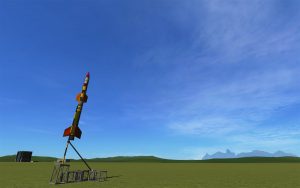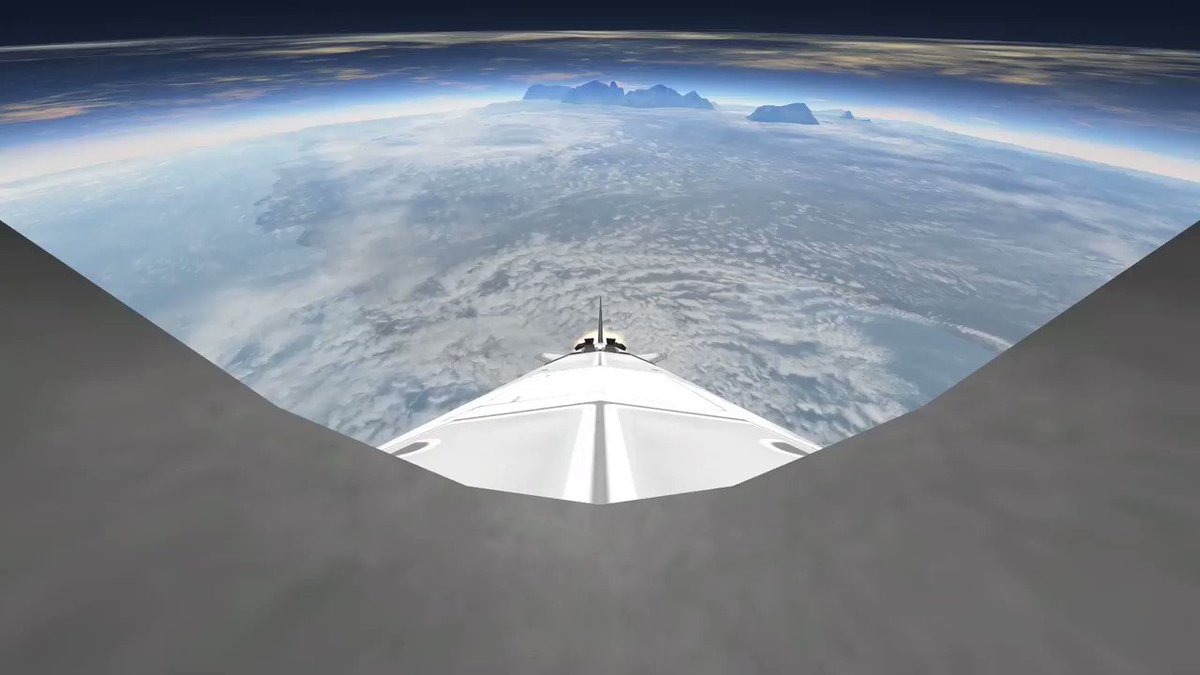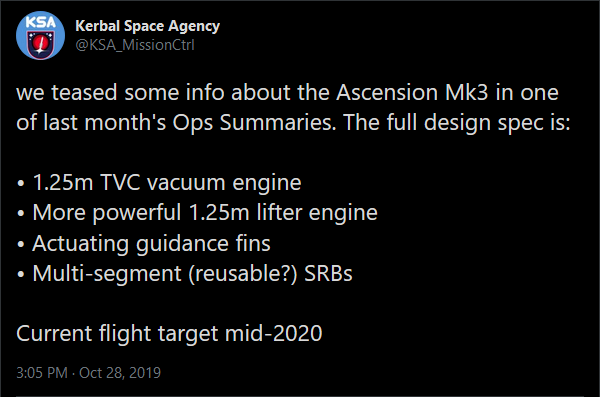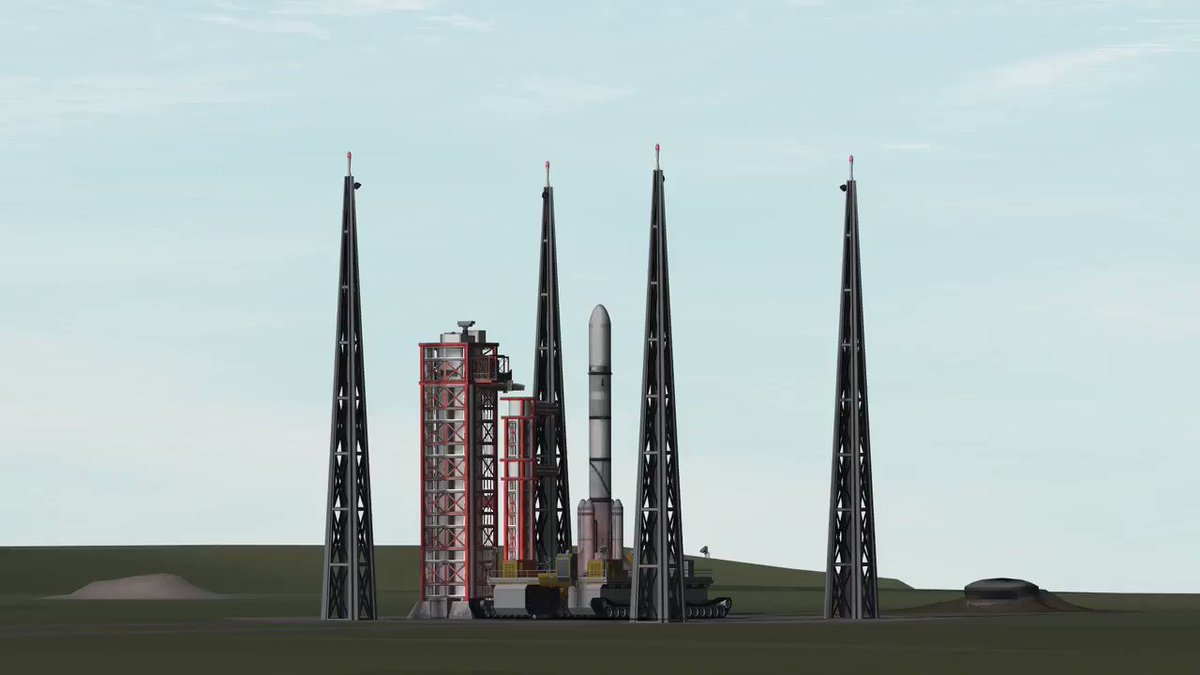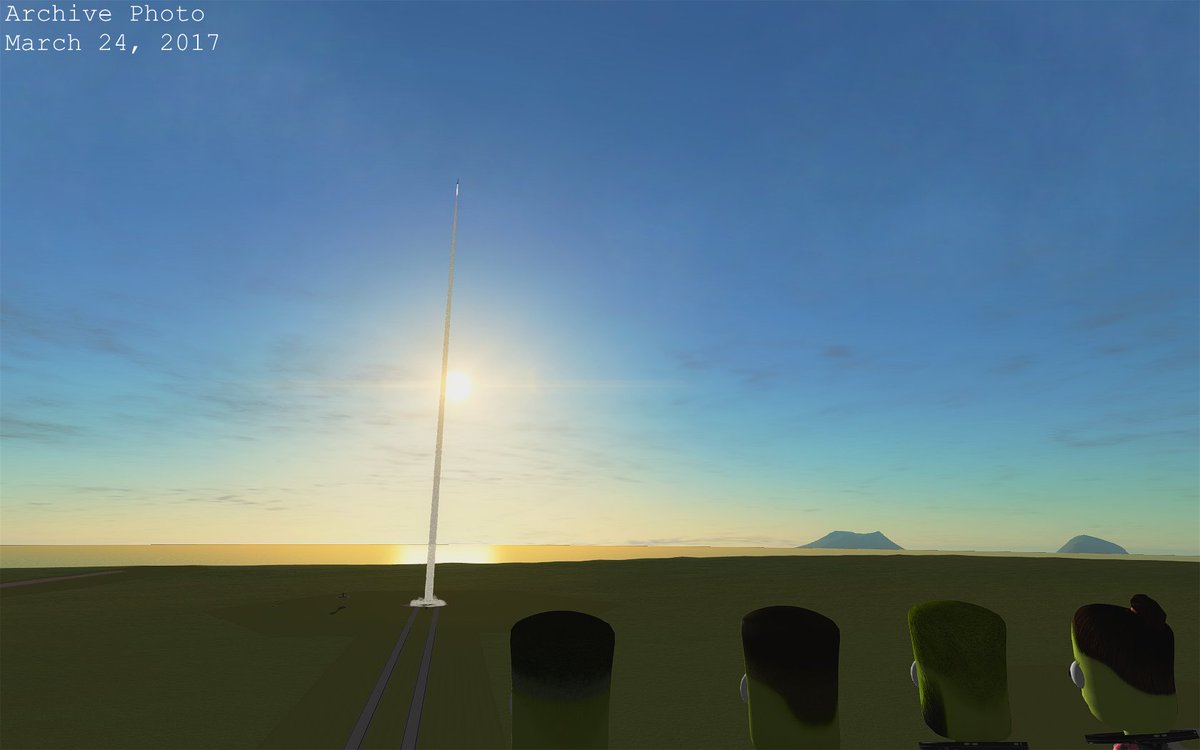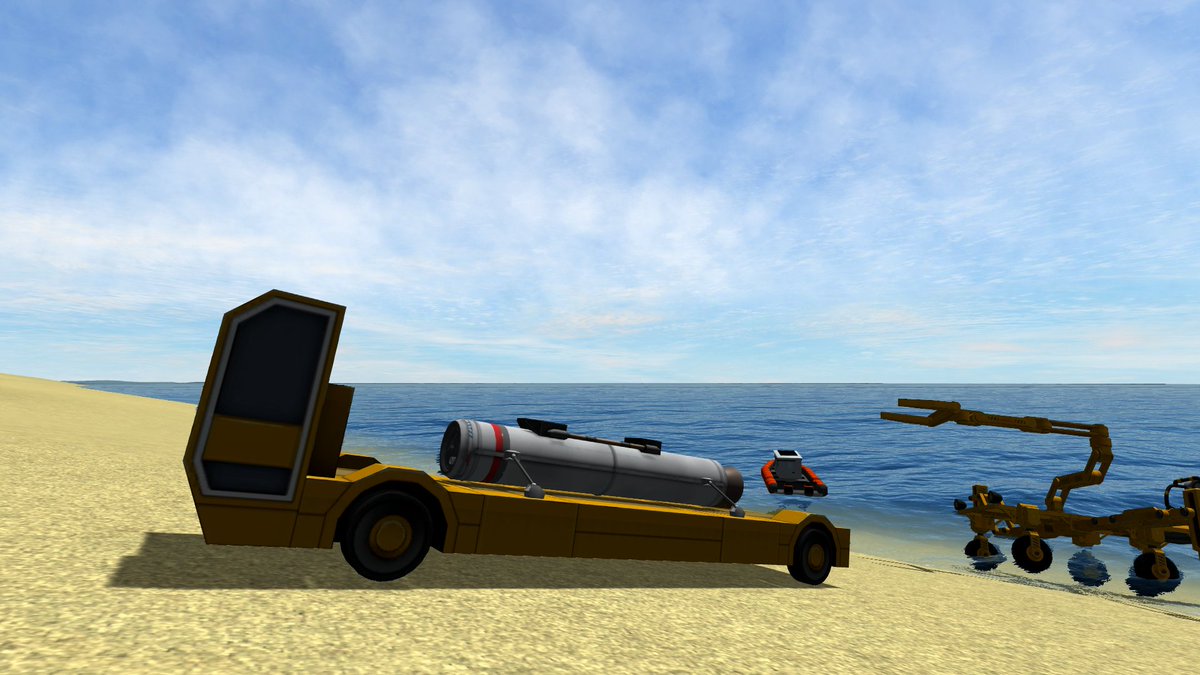 The main goal of the Progeny Mk2.1, our first multi-booster rocket, was to see what would happen to the apokee of the payload based on the timing of the second stage ignition. To do this we setup 3 launch profiles with ignition at early coast, late coast and plans for a mid-coast ignition time that would depend upon results of the first two launches. All three launches were successful and we have now analyzed all the data that was gathered.
The main goal of the Progeny Mk2.1, our first multi-booster rocket, was to see what would happen to the apokee of the payload based on the timing of the second stage ignition. To do this we setup 3 launch profiles with ignition at early coast, late coast and plans for a mid-coast ignition time that would depend upon results of the first two launches. All three launches were successful and we have now analyzed all the data that was gathered.
The first flight ignited its second-stage booster just prior to the burnout of the first stage. This was not only done as part of the overall plan discussed in the previous paragraph but to see if the first stage booster would explode due to the heat of the second stage ignition. The failure of the first stage booster to overheat and explode has made it clearer that the explosion from the Progeny Mk2 was caused mainly by the impact of the boosters. This first flight of the Mk2.1 reached an apokee of only 2.8km, which is hardly impressive considering the Progeny Mk1-A with its single booster reached an apokee of just over 2km. The early staging boosted the speed of the rocket so fast while it was low in the atmosphere the dynamic pressure was as high as 72kPa. The thicker air also caused much more tumble of the payload (seen in the scatter of the AoA plot on the graph at the top of the telemetry report) upon separation from the second booster, which increased drag and lowered the apokee.









